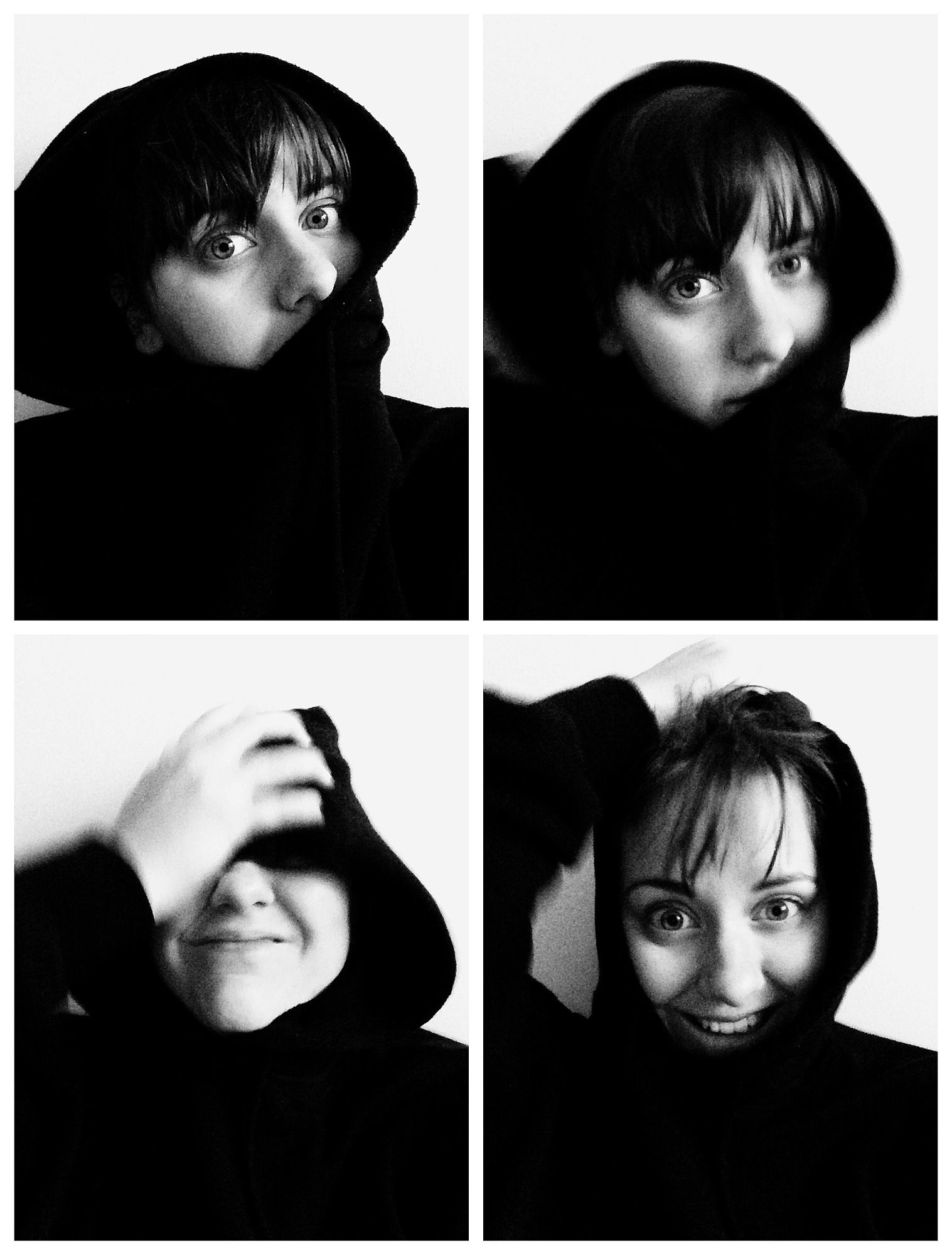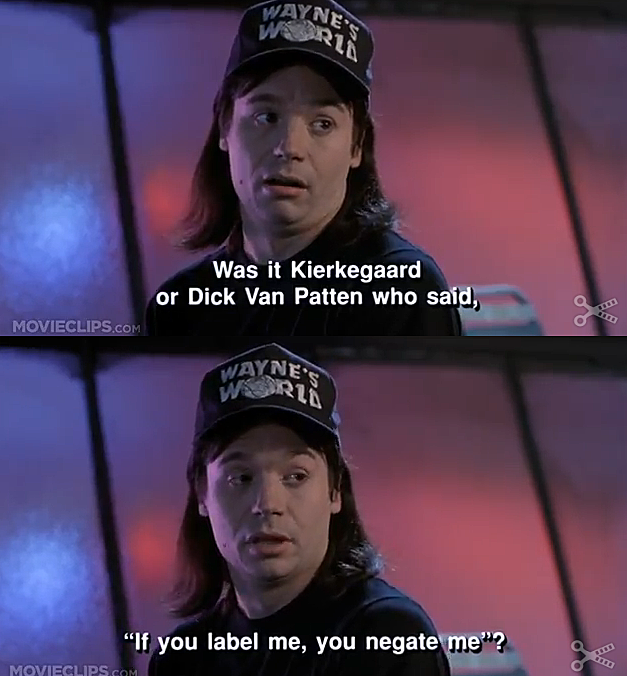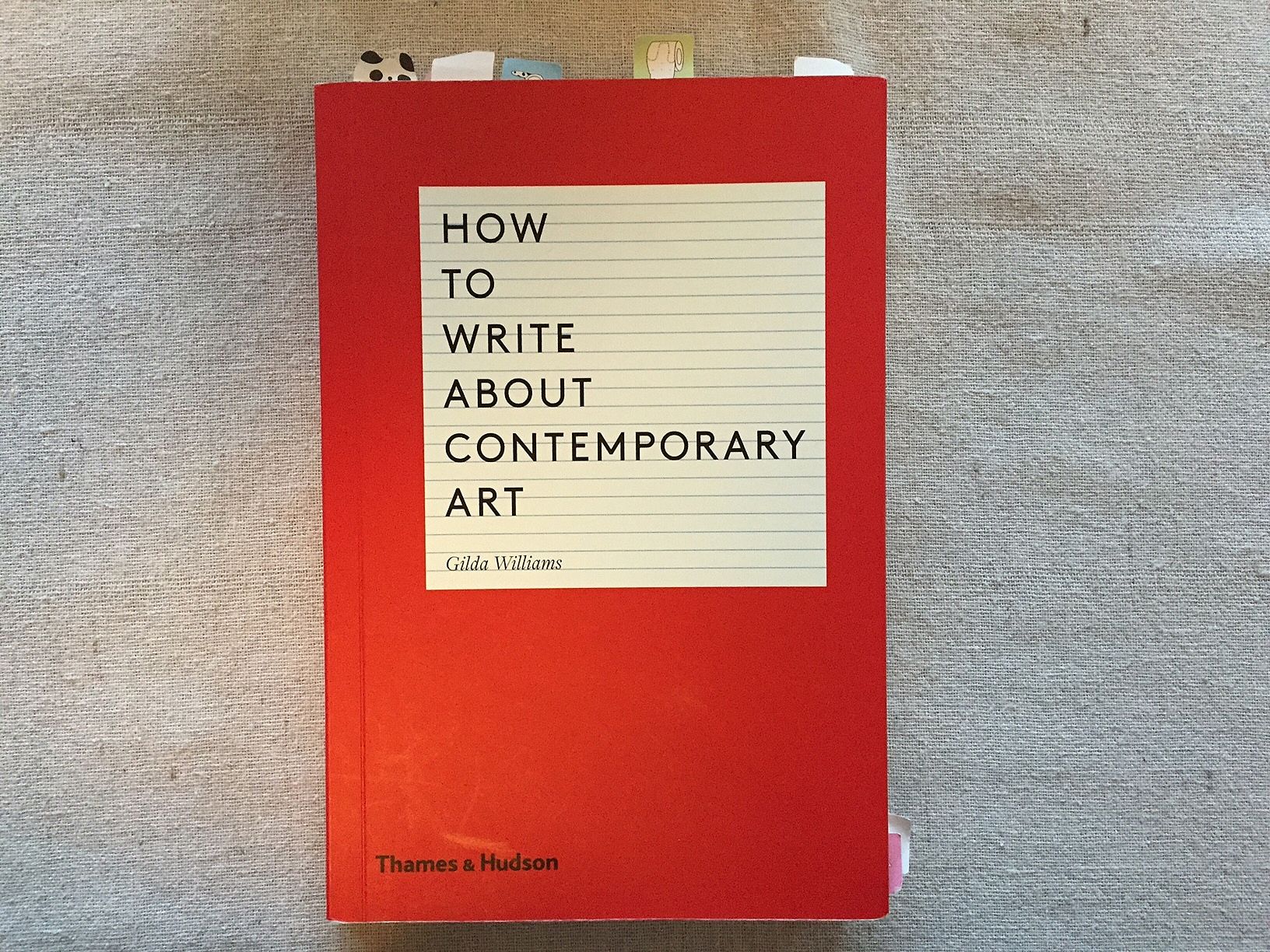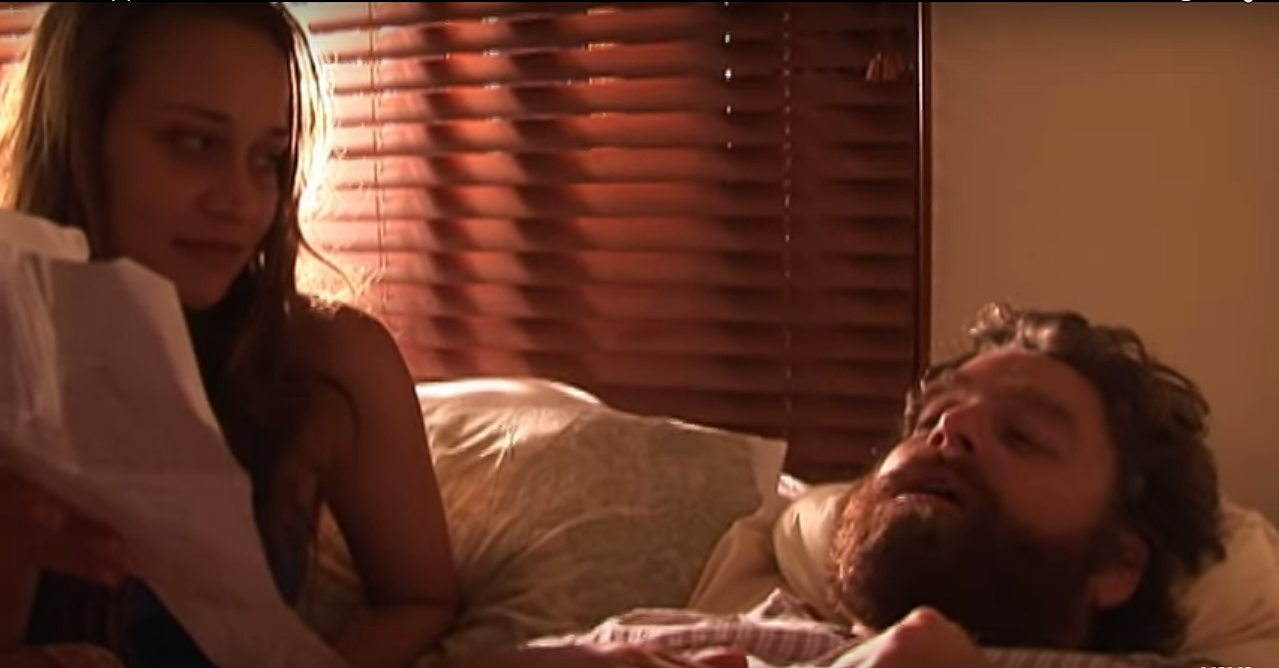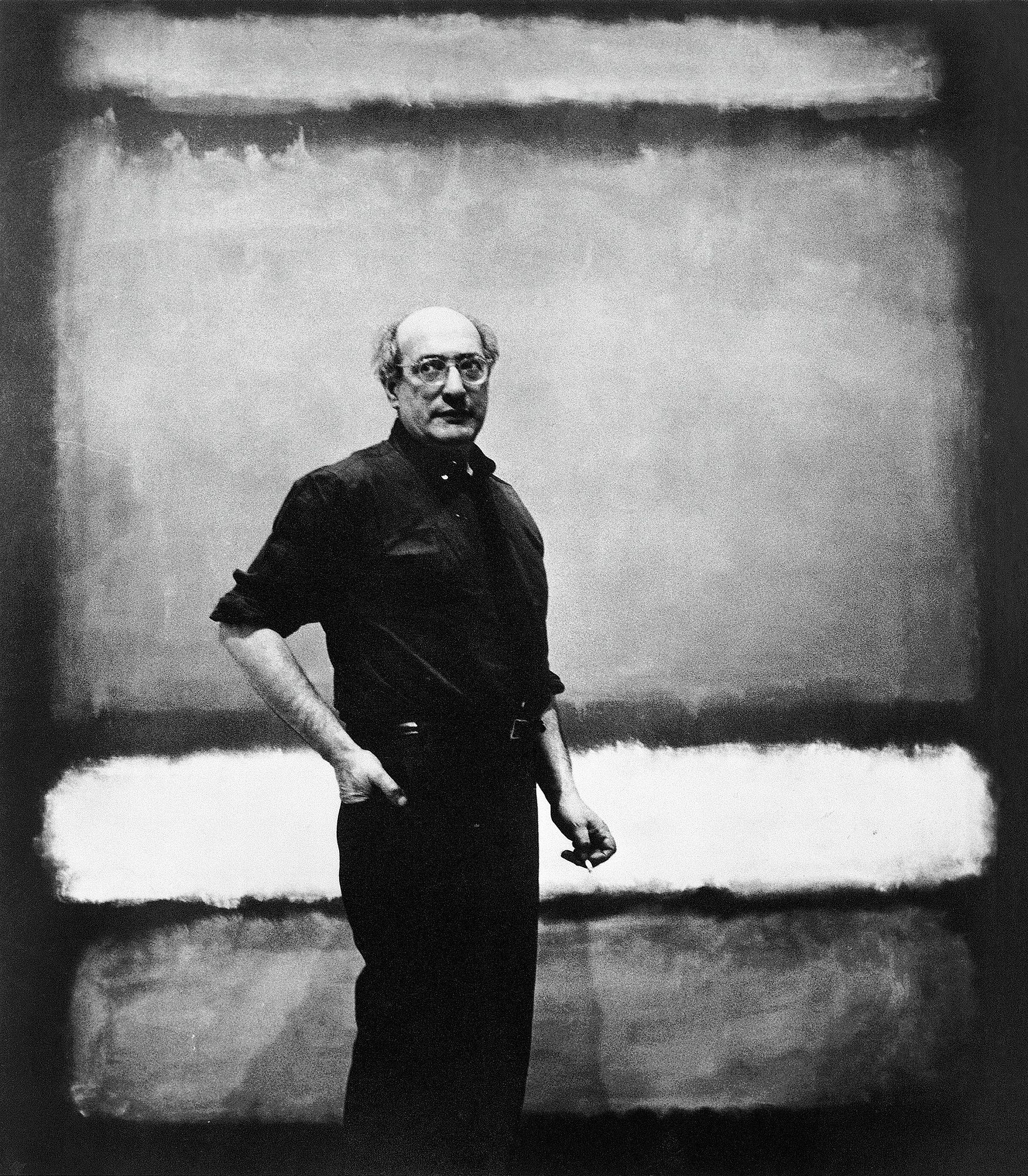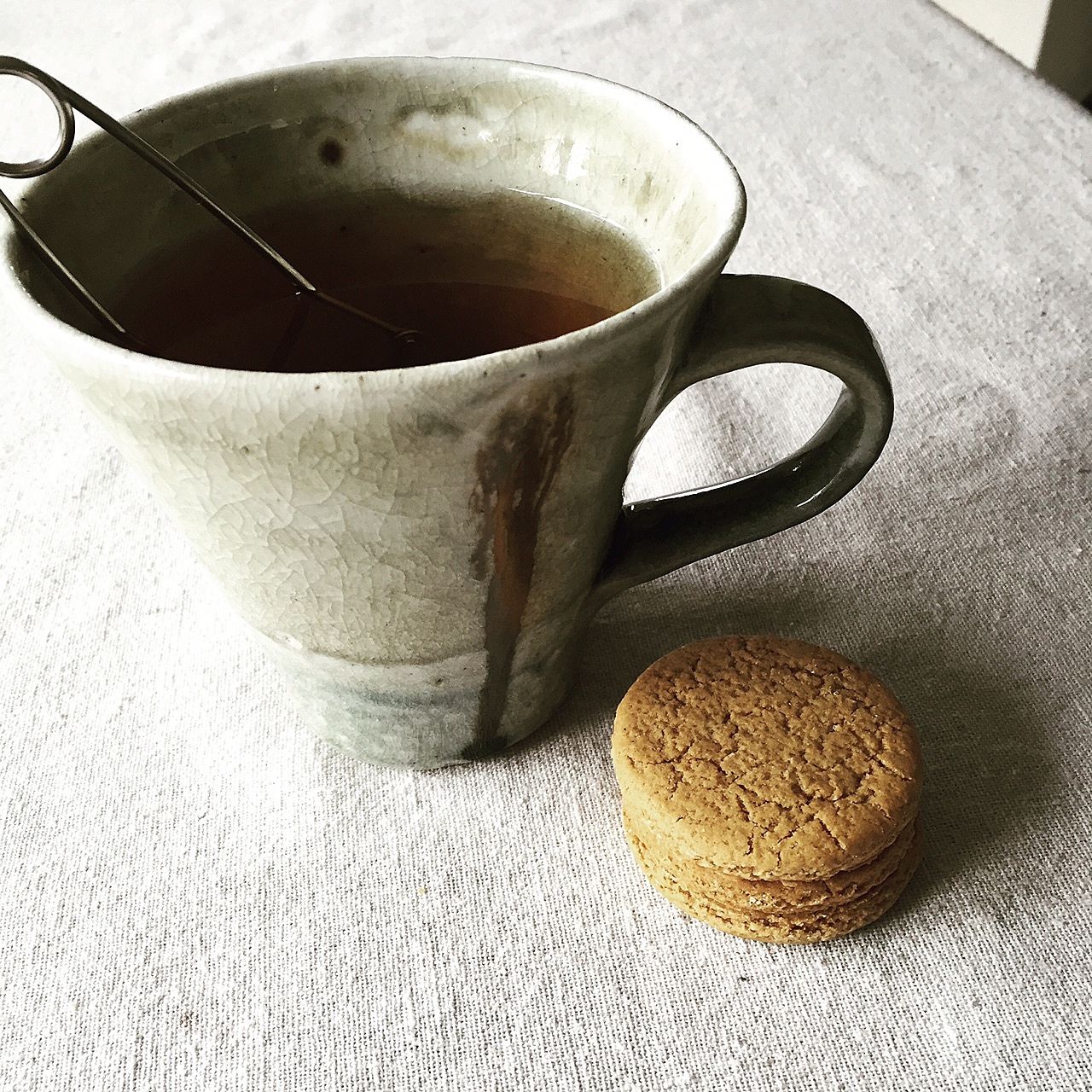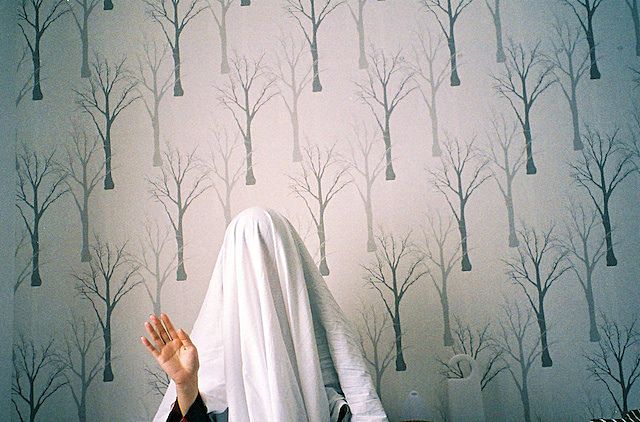Loose Canons: Amy Stewart
Amy Stewart with five things that have informed her work, including Rothko, Fiona Apple, and tea.
Loose Canons is a new series in which we invite artists we love to share five things that have informed their work. See the rest in the series here.
Amy Stewart is an Auckland-born, Seattle-raised, Auckland-based freelance arts writer. She holds a Master's degree in art history with first-class honours from the University of Auckland, where her work focused primarily on the aesthetics of memorial and post-trauma art. She has written for Art New Zealand and Drain, and edits the ArtWeek ArtZine. To pay the bills she writes for a food magazine (and revels in the non-verbal-ness of that delicious medium).
This is her fourth year as the writing programme coordinator for ArtWeek Auckland, which sees her heading up art-focused writing workshops across Auckland (there are two workshops left at Sanderson Contemporary Art and Corbans Estate Arts Centre: details here).
Wayne’s World
I could probably recite the whole script from memory; I used to watch it almost daily when I was a kid. When I re-watched it for the first time in university it blew my mind. It’s so smart! It references Kierkegaard! They have Alice Cooper discussing indigenous ways of knowing! It introduced me to haikus at eight years old. It’s facetious and doesn’t apologise for its bonehead types not actually being boneheads.
When I was working at the Peggy Guggenheim collection in Venice, the administration allowed all of the interns to dress very casually – they got a kick out of knowing that even though some of us looked marginally presentable at best after a night out, they trusted us to know what we were talking about (which we did).
When I can crack it, I find dense art theory thrilling, and I love how focused I need to be to parse it – the concentration is almost physical. But because, for me, the strength of visual art lies in non-verbal-ness (how’s that for an invented art word), it scares me to think how many exciting and valid readings are locked up in the brains of people repelled by the verbosity of traditional art-writing.
Wayne’s World taught me that highbrow and lowbrow are not mutually exclusive, and that you are at your most effective as a communicator if you don’t try to change who you are, and if you write how you think. Just because I’m a bit scruffy and tattooed doesn’t mean I don’t know what I’m talking about (and to be honest, I think we’re about half a generation away from the extinction of the anti-tattoo lobby).
How to Write about Contemporary Art by Gilda Williams
This book was published last year, but I would have given a kidney to have had it in 2007 when I changed degrees to Art History (without knowing really what I was getting myself into). I recommend it in every workshop I run now. It’s the single greatest resource I’ve encountered in my short writing life.
So what’s the big deal? Williams is the London correspondent for ArtForum, a lecturer at Goldsmiths and the Sotheby’s Institute, and used to be the commissioning editor for Phaidon. So she’s basically this huge badass, but this book breaks it (writing about art) down in a way that’s useful to me, and would be useful, I think, to anyone at any stage of their writing. The big deal is real talk.
Williams is a master of the list, for starters: explaining vs evaluating texts, mistakes of bad writing and strengths of good writing, the three jobs of communicative art-writing. I love lists. I also love killer pull-quotes, of which there are many in How to Write, like “Here’s a tip: first consider reviewing an artist of your generation – maybe even of your culture and outlook. If you want to sound like you know what you’re talking about, then know what you’re talking about [emphasis Williams’s].”
Mostly I love the inclusivity of this text: she wants more people to know what they’re talking about, and to write with confidence. She wants to empower people. I want that, too.
Fiona Apple’s Extraordinary Machine
I listen to this album when I’m stuck (and also sometimes 36 Chambers). Songs like 'Not About Love' just seem to fall out of her, almost randomly.
The early cars
already are
drawing deep breaths past my door.
And last night's phrases
sick with lack of basis
are still writhing on my floor.
She dispenses words quick-fire but articulately, which is how I wish I wrote. She’s such a brilliant lyricist and her delivery is so deadpan but with such lovely melodies – I find the package compelling.
Mark Rothko
I can pinpoint the moment I worked out that art mattered to me, and it was in my first-year Modernism in the UK and USA course at the University of Auckland (taught at that stage by Ed Hanfling). I was studying English and Spanish literature, and thought I’d try this course so as not to study the exact same thing as my older sister (I wasn’t that good at it. I wasn’t great).
I can’t remember at what stage in the course we got to Rothko, but it was in one of the big lecture theatres with a good projector so the work we were looking at had proper scale. We learned that Rothko was about colour, but colour as a conduit for the complete scope of human emotion, and I thought: “I know what he means.” I think it was probably the first time that I really thought I understood something metaphorical, but on that big projector I could also acknowledge the visceral impact of scale and the absorption of colour, and I got a genuine buzz from it.
I figured that buzz would be inevitably harshed by having to write an essay, but after reading a chapter of Rothko’s The Artist’s Reality at about 2am the morning the essay was due, the writing came easily, too, and I actually enjoyed it. “Skill itself is not an index to beauty,” he writes, and I totally got that.
Tea
It’s like an alternate measure of time for me. I don’t judge progress in minutes, but in cups. One good solid paragraph per cup is a solid average; one large cup per edit, a small nervous cup while my boyfriend John proofs a piece.
I’m a black Earl Grey girl myself. My mum taught my sister and I to take our tea black so if we were ever at anyone’s house and they offered us tea, we wouldn’t embarrass them if they were out of milk and/or sugar. Whenever my mum’s side of the family gets together, we drink a ludicrous quantity (John once counted 23 cups over the course of a conversation-filled day).
I also feel a kind of authenticity when I’m drinking tea, because I’ve been drinking it black since I was a kid, and I grew up in the States where tea wasn’t a thing (if you ordered tea you got iced tea). Now it’s kind of a hipster thing and really overcomplicated – if I order one it comes with all this mysterious paraphernalia – so I feel like it’s the one thing that I can claim OG status on. I’d get a teabag tattooed on me if it weren’t for the connotations.
